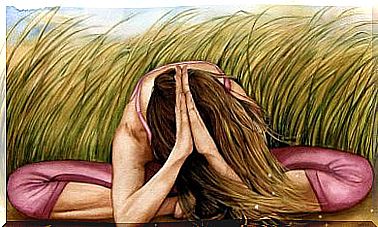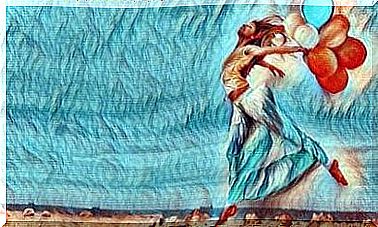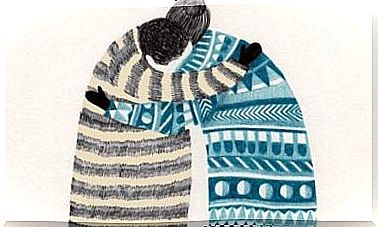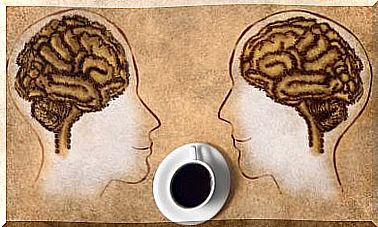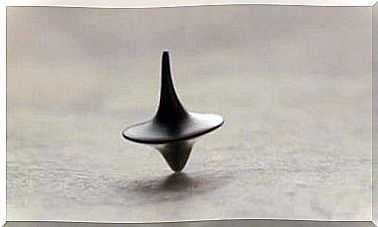Drugs Hurt The Most When You Don’t See A Way Out

Countless researchers have tried to explain the ingestion and dependence on certain substances. They could all be a little bit right. One of their hypotheses deals with environmental influences as risk factors for addiction to a certain drug.
Trying to define the addictive components of a drug without considering the circumstances and characteristics of the person who is taking it is a mistake. To understand the problem, we need to look beyond the obvious. This leads to questions such as: Why are there people who drink alcohol very often and in large quantities, but do not become addicted to alcohol?
The rats that only knew drugs and the rats that had an escape route
We can analyze the phenomenon of addiction by looking at it in the laboratory. In one such experiment, a rat was in a cage with two bottles of water. One bottle was filled with pure water, the other with a solution of heroin or cocaine.
Each time the researchers repeated the experiment , the rat became addicted to the drug-infused water and kept returning to drink more of it until it eventually died. This is basically plausible because of the effects of drugs on the brain. But by the 1970s, Bruce Alexander, a psychology professor from Vancouver, Canada, had the experiment redesigned and redesigned.
This psychologist created a park for the rats, a cage full of entertainment where the rats had colorful balls, tunnels, social contacts and lots of food. Basically everything a rat could want was there. All the rats in the “park” tried the water from both bottles because they didn’t know what was in them.
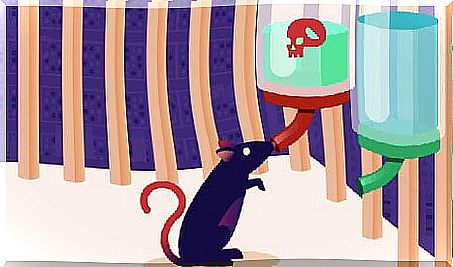
Here, however, the rats did not become prisoners of the drug because they led a comfortable life . They avoided drinking the harmful water. They drank less than a quarter of the amount consumed by the isolated rats. None of them died.
Why was it that only the rats that were alone and unhappy got addicted and died? The first experiment did not take into account that the rat did nothing but follow its simplest needs. After all, drinking the drug-enriched water was a new experience for her – in her low-irritant environment. That had nothing to do with the attraction of this water to the rat, but more to do with the isolation itself.
The second experiment offered the rats an alternative. The alternative was very attractive, interesting, and self-reinforcing. The rats, who knew such alternatives or other pleasant routines, had no need to drink the water that simulated pleasure.
The results were even more surprising when someone carried out a third variant of the experiment. In this case, rats were used that had spent 57 days in cages in which they could only drink water with drugs. The researchers observed that the rats felt better immediately and made drug withdrawal easier when they were placed in a comfortable environment.
A good life – the best way not to get a bad habit
When you are happy, you don’t have to fill any voids. And if you are unhappy, you may be tempted to make up for what is missing with a substance. The nucleus accumbens is the reception center for dopaminergic signals. He is responsible for feelings of joy that are associated with a corresponding behavior. This part of our brain is like a king who holds court to its environment and its subordinates, the neurotransmitters and nutrients.
There are loyal subjects who constantly bring him goods and services: water, food, strengthening social interaction, a comfortable bed to sleep in. When these joys are absent and then made available in a limited way, they mean more pleasure and become all the more enticing.
Thousands of soldiers became heroin addicts during the Vietnam War. It was not until they returned home and had overcome their withdrawal symptoms that they resumed their normal lives.
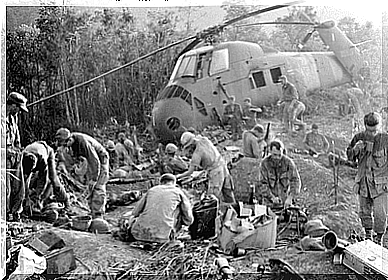
Drugs can take control of your behavior. This happens when there is a lack of affection, healthy routines, or meaningful activity. Once they get their foot in the door, they could trigger an addiction. Through repetition and habit, they get stuck in your life and begin to destroy it.
This explanation makes sense and gives us hope because it eschews moral or chemical reductionist ideas that portray addicts as people without character. It helps us see that addicts could be just like the rats in the first cage: isolated, alone, with only one option or one form of pleasure – the drug. On the other hand , someone who uses drugs but returns to a satisfactory environment and goes through withdrawal may avoid relapsing into the addiction. This is because there are many other stimuli available here to activate the reward system in the brain.
The key is to create a “cage” that stimulates. A “cage” full of alternatives that we can choose between to create feelings of pleasure. In this way, there is no dependence on a single substance. Of course, drugs are fundamentally a bad thing. But they are even more devastating when used in a desperate scenario in which the person concerned sees no alternative. Because we all just want to feel good, even if it’s just for a few moments.

